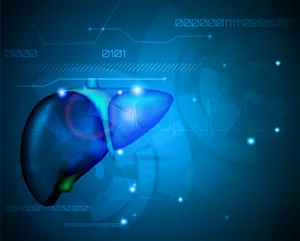
Most people suffering from a serious liver ailment face a liver transplant — a serious procedure, to say the least.
But that may be changing, thanks to the work of scientists at the Gladstone Institute and the University of California, San Francisco (UCSF). The research team, whose findings were recently published in a report for the journal Nature, has reportedly devised a clever way of taking skin cells and transforming them into mature, functioning liver cells.
The transformation required researchers use a “cocktail” of cellular reprogramming genes and chemical compounds to manipulate the skin cells.
The key involved creating endoderm cells, which are the type of cells found in the human body’s main organs, such as the liver.
“Instead of taking the skin cells back to the beginning, we took them only part way, creating endoderm-like cells,” noted lead researcher Saiyong Zhu. “This step allowed us to generate a large reservoir of cells that could more readily be coaxed into becoming liver cells.”
Tests were then carried out on laboratory animals, with impressive results. After just two months, it was visible to researchers that the reprogrammed skin cells were becoming mature and completely functional liver cells. After nine months the researchers could see no evidence that the process was reversing or breaking down.
“The cells began to take on the shape of liver cells, and even started to perform regular liver-cell functions,” noted Milad Rezvani, another lead researcher.
“They weren’t fully mature cells yet — but they were on their way.”



